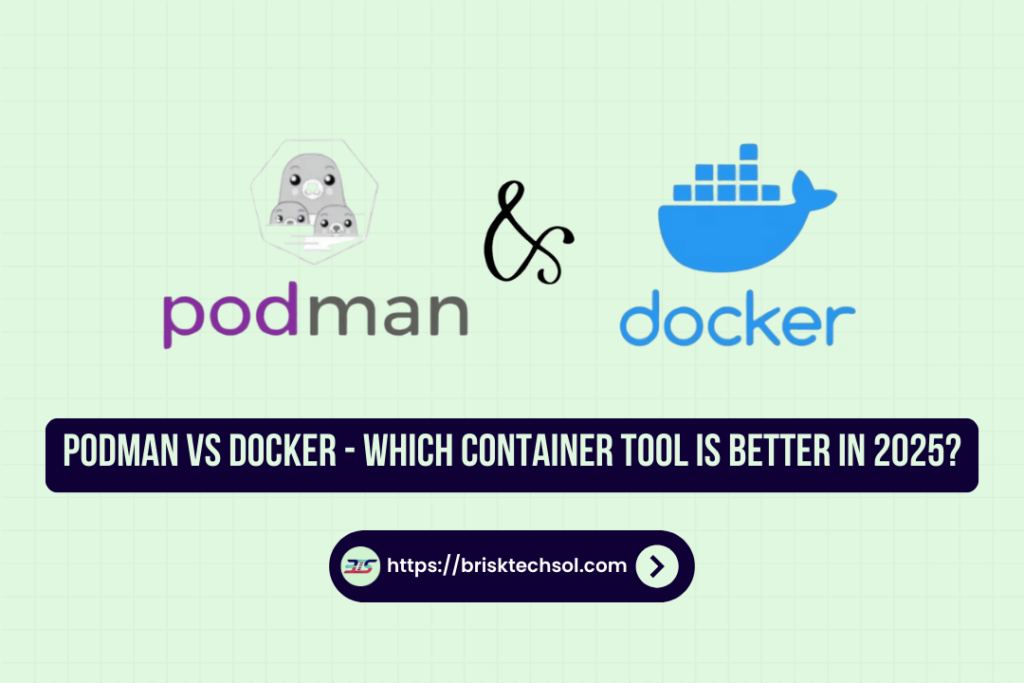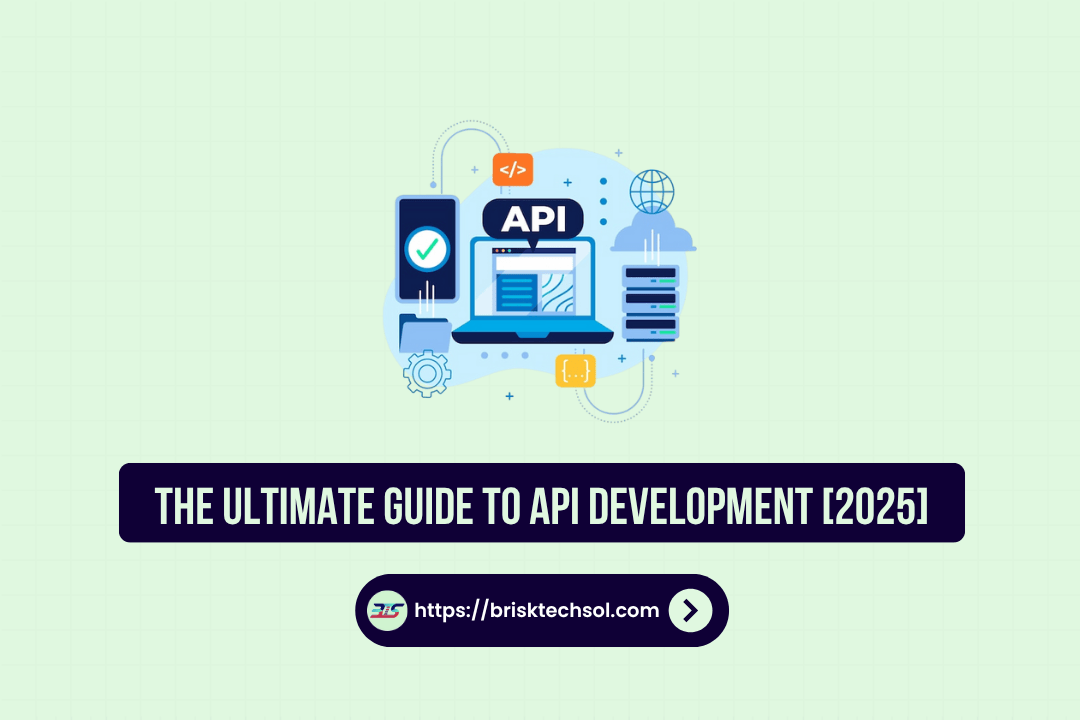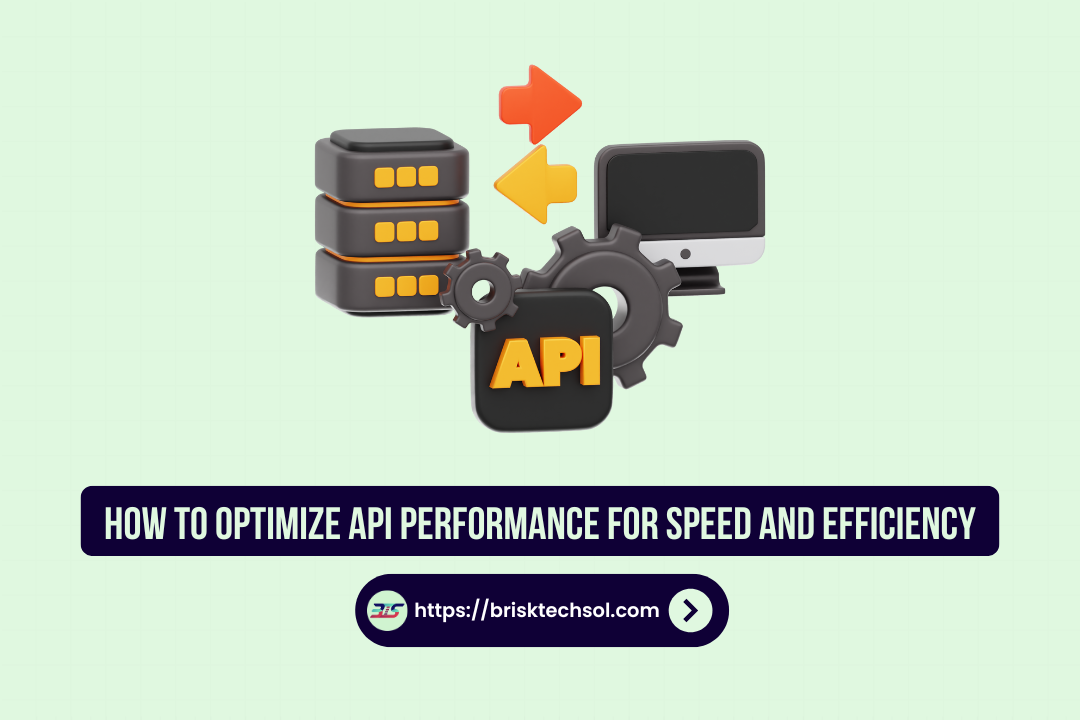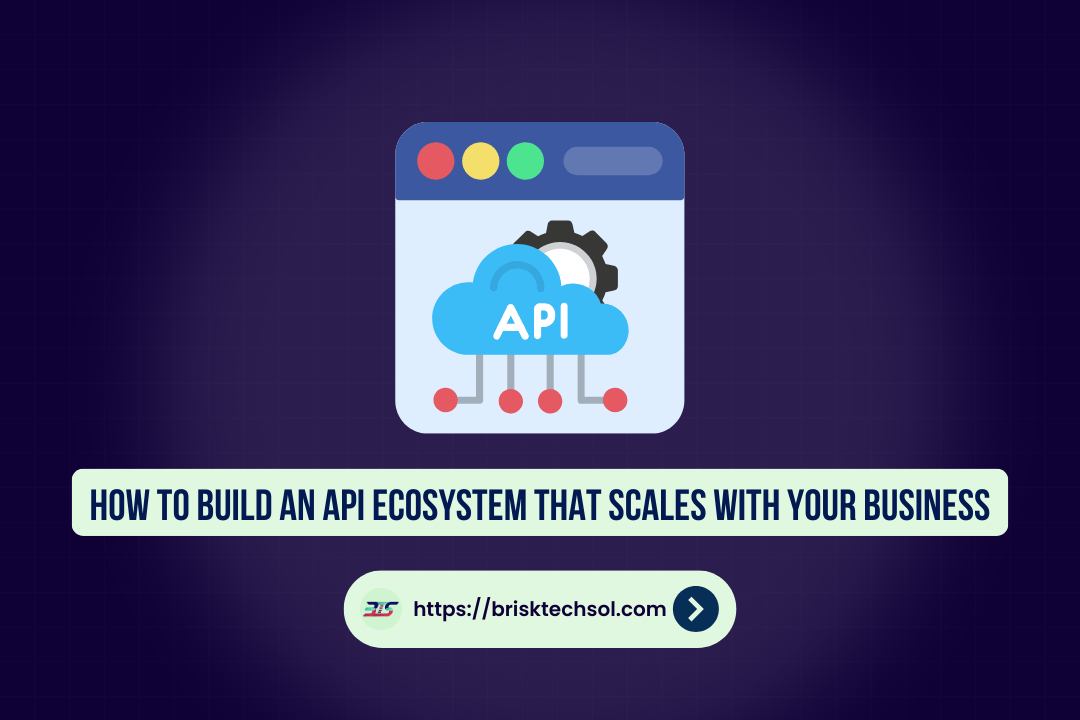Containerization has changed software development and deployment. In the world of DevOps, Podman and Docker stand out as the foremost container engines. As we approach 2025, this comprehensive analysis delves into the features, performance, and future trends of both tools, helping you determine which container solution best suits modern development needs.
The Evolution of Containerization
Container technology has come a long way since its inception. Early virtualization laid the groundwork, but it was the advent of containerization that truly transformed the IT landscape. Initially developed to isolate applications, containers have now become integral in deploying scalable, microservice-based architectures.
Historical Background
In the early 2000s, virtualization technologies provided a means to run multiple operating systems on a single hardware platform. However, these methods were resource-intensive and cumbersome. The birth of Linux Containers (LXC) introduced a lightweight method for application isolation, setting the stage for what would later become containerization as we know it.
Rise of Docker and Alternative Tools
Docker emerged in 2013 as a game changer by simplifying container deployment and management. With its user-friendly interface and robust ecosystem, Docker rapidly gained market share. As container adoption soared, developers began exploring alternatives that offered more security or flexibility. Podman emerged as a notable contender, providing a daemonless architecture and rootless containers, which immediately caught the attention of security-focused organizations.
Industry Adoption & Market Trends
Today, containerization is a key pillar of DevOps and cloud-native development. Recent studies show that over 80% of modern enterprises have adopted container-based architectures to accelerate software delivery. This evolution reflects the need for agile, scalable, and secure solutions in today’s fast-paced IT environment.
Table: Containerization Milestones
| Year | Milestone | Impact on Industry |
|---|---|---|
| 2008 | Early LXC development | Introduced lightweight isolation |
| 2013 | Docker launch | Revolutionized container usage |
| 2016 | Rise of Kubernetes and orchestration tools | Enabled scalable deployments |
| 2020 | Emergence of Podman and daemonless models | Enhanced security and flexibility |
This timeline demonstrates how continuous innovation in containerization has driven the evolution from simple isolation techniques to sophisticated, enterprise-ready solutions.
Overview of Podman
Podman is an open-source container engine that has rapidly gained popularity due to its unique, daemonless architecture. Unlike traditional container solutions, Podman runs without a persistent background service, offering a more secure and modular approach to container management.
Introduction to Podman
Developed as a lightweight alternative to Docker, Podman adheres strictly to the Open Container Initiative (OCI) standards. Its design eliminates the need for a daemon, reducing the risk associated with a centralized process running with root privileges. This makes it particularly attractive for environments where security is paramount.
Key Features & Advantages
Podman’s architecture is centered on the idea of “rootless containers,” allowing users to run containers without elevated privileges. This significantly lowers the potential attack surface in multi-user environments. Additionally, Podman supports pods—a grouping of one or more containers that share resources—which is particularly useful for replicating Kubernetes behavior in a local development setting.
Podman also boasts a highly compatible command-line interface (CLI). Many Docker commands work seamlessly in Podman, which eases the transition for developers familiar with Docker. Its integration with popular orchestration tools and compatibility with Kubernetes further enhances its utility in enterprise settings.
Use Cases & Community Support
Podman is widely adopted in scenarios where security and flexibility are key priorities. Enterprises focusing on compliance and minimal overhead have embraced Podman. Moreover, the vibrant open-source community continues to enhance its features and documentation, contributing to regular updates and improved functionality.
Table: Feature Comparison – Podman Highlights
| Feature | Podman |
|---|---|
| Architecture | Daemonless, rootless |
| Security | Enhanced, no root daemon |
| Compatibility | Docker CLI compatible |
| Kubernetes Integration | Native support via pods |
| Community Support | Growing, strong open-source presence |
Podman’s design philosophy is all about efficiency and security. With 2025 on the horizon, many developers see it as a forward-thinking tool that aligns with the modern requirements of container security and performance.
Overview of Docker
Docker has long been the synonym for containerization. Since its inception, Docker has been at the forefront of enabling developers to create, deploy, and run applications in isolated environments. Its robust ecosystem has set the standard for container management.
Introduction to Docker
Docker revolutionized the way applications are developed and deployed by introducing containerization to the mainstream. The Docker Engine, with its container runtime, provides a seamless experience for building container images, managing containers, and orchestrating deployments.
Key Features & Strengths
One of Docker’s standout features is its extensive ecosystem. Tools like Docker Compose, Docker Swarm, and integrations with Kubernetes have made it the go-to solution for developing scalable, distributed applications. Docker Hub, a centralized container registry, offers thousands of pre-built images, which accelerates development workflows.
Docker’s architecture relies on a daemon that handles container management. While this centralized model simplifies operations, it has also been criticized for potential security vulnerabilities, especially in multi-tenant environments. Despite these concerns, Docker remains a popular choice due to its mature toolset and widespread community adoption.
Ecosystem & Integration
The strength of Docker lies in its ecosystem. With support for various plugins, orchestration tools, and CI/CD pipelines, Docker has become deeply embedded in modern DevOps practices. Its integration with cloud platforms like AWS, Azure, and Google Cloud ensures that developers can deploy containerized applications at scale.
Table: Docker Ecosystem and Market Share
| Component | Description |
|---|---|
| Docker Engine | Core container runtime and management tool |
| Docker Hub | Centralized repository for container images |
| Docker Compose | Tool for defining multi-container applications |
| Docker Swarm | Native clustering and orchestration solution |
Docker’s comprehensive ecosystem and ease of use have established it as the industry standard. Despite newer alternatives emerging, Docker continues to evolve with regular updates and community contributions, making it a robust platform for both development and production deployments.
Comparative Analysis: Podman vs Docker
When it comes to choosing between Podman and Docker, several critical factors must be examined: performance, security, usability, and cost-effectiveness. Both tools have their distinct strengths and cater to slightly different use cases.
Performance & Scalability
Podman’s daemonless architecture can lead to faster container start-up times and improved resource efficiency in certain scenarios. In contrast, Docker’s centralized daemon model may introduce a slight overhead but is optimized for handling large-scale, multi-container deployments. Benchmark tests indicate that while Docker remains reliable under heavy loads, Podman’s streamlined approach offers competitive performance in resource-constrained environments.
Security & Compliance
Security is a major differentiator between the two tools. Podman’s rootless execution model reduces the attack surface by eliminating the need for a long-running daemon with elevated privileges. Docker, while mature and feature-rich, has historically faced vulnerabilities related to its centralized daemon. Both communities actively address these issues through regular security patches, but Podman’s design is inherently more secure for environments that require stringent security compliance.
Usability & Developer Experience
For developers, the learning curve is an important consideration. Docker’s extensive documentation and widespread community support make it very accessible, especially for newcomers. Podman, however, offers a nearly identical command-line interface to Docker, which minimizes the transition effort. Developers can switch between tools without a steep learning curve, though some advanced Docker-specific features may require adaptation in Podman.
Cost & Community Support
Both tools are open source, yet Docker’s long history means it benefits from a larger ecosystem and more third-party integrations. Enterprises that require robust support and a vast array of plugins may lean toward Docker. Meanwhile, Podman’s focus on minimalism and security appeals to organizations looking for a leaner solution without sacrificing functionality.
Table: Comparative Analysis – Key Metrics
| Metric | Podman | Docker |
|---|---|---|
| Architecture | Daemonless, rootless | Centralized daemon-based |
| Performance | Efficient in resource-constrained setups | Optimized for large-scale deployments |
| Security | Superior due to reduced attack surface | Mature with regular security patches |
| Usability | Similar CLI to Docker, easy transition | Extensive ecosystem and community support |
| Cost & Licensing | Open source, lean solution | Open source with broad integration support |
The choice between Podman and Docker often comes down to the specific needs of the project or organization. For developers who prioritize security and a minimalist design, Podman is a strong contender. Conversely, Docker’s rich ecosystem and proven track record make it a safe bet for enterprises looking to use a mature, widely adopted container platform.
Key Takeaways
- Podman’s Unique Edge:
- Podman’s daemonless and rootless architecture offers enhanced security and efficiency, making it an attractive choice for environments where minimizing security risks is paramount.
- Docker’s Established Ecosystem:
- Docker continues to lead in terms of ecosystem maturity, extensive integration options, and community support, making it well-suited for large-scale enterprise deployments.
- Performance & Scalability Considerations:
- Podman may provide better performance in resource-constrained settings, while Docker excels in managing complex, high-volume deployments.
- Enterprise Decision Factors:
- The choice between Podman and Docker should be based on specific organizational needs balancing security, developer experience, integration requirements, and scalability.
FAQ’S
What distinguishes Podman from Docker in terms of architecture and security?
Podman uses a daemonless, rootless architecture that minimizes security risks by eliminating a central process running with elevated privileges. Docker relies on a centralized daemon, which can introduce potential vulnerabilities in multi-tenant environments.
Can I use Docker commands with Podman?
Yes, Podman is designed to be Docker CLI–compatible. Many Docker commands work seamlessly with Podman, making it easier for developers to transition without a steep learning curve.
How easy is it to migrate from Docker to Podman?
Migration is relatively straightforward due to Podman’s Docker-compatible command structure. However, adjustments might be needed for specific configurations or advanced features unique to Docker.
Which container tool offers better performance and scalability in production environments?
Docker is known for its robust ecosystem and scalability in large deployments. Podman, on the other hand, often provides faster startup times and efficient resource usage in environments with limited resources.
How do the developer experiences compare between Podman and Docker?
Both tools offer similar command-line interfaces, making it easy for developers to switch. Docker has a more mature ecosystem with extensive third-party integrations, while Podman’s design emphasizes security and lightweight operations.
Is Podman a drop-in replacement for Docker?
In many scenarios, yes. Podman’s Docker-compatible CLI allows it to serve as a drop-in replacement. However, specific enterprise workflows or advanced Docker-only features might require additional adjustments.
What factors should enterprises consider when choosing between Podman and Docker?
Key factors include security requirements, performance benchmarks, scalability needs, integration with existing CI/CD pipelines, and overall community and ecosystem support.









